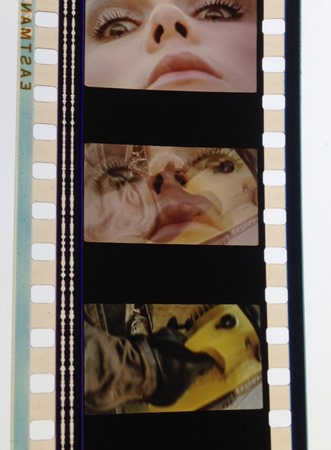 If you’re at all familiar with our activities at the Chicago Film Society, you probably know that we place special emphasis on the act of projecting motion picture film. At a point in cinema history when digital video has become the exhibition “norm,” we pride ourselves on providing a link to a pre-digital past and a critical framework to contextualize film images. Look at the first page of our program book or click on the About Us section of our web page and you’ll find this paragraph:
If you’re at all familiar with our activities at the Chicago Film Society, you probably know that we place special emphasis on the act of projecting motion picture film. At a point in cinema history when digital video has become the exhibition “norm,” we pride ourselves on providing a link to a pre-digital past and a critical framework to contextualize film images. Look at the first page of our program book or click on the About Us section of our web page and you’ll find this paragraph:
The Chicago Film Society exists to promote the preservation of film in context. Films capture the past uniquely. They hold the stories told by feature films, but also the stories of the industries that produced them, the places where they were exhibited, and the people who watched them. We believe that all of this history–not just of film, but of 20th century industry, labor, recreation, and culture–is more intelligible when it’s grounded in unsimulated experience: seeing a film in a theater, with an audience, and projected from film stock.
The argument that film remains a vital and important exhibition medium into the 21st century, even as cost-cutting measures drive it out of more and more cinemas, often takes a historicist angle that can breed misconceptions about the medium even as it elucidates the importance of the inherent historical memory found in media. Arguments for the value of presenting works of film art in their original media often focus on the ways that analog media can highlight the visual decisions and strategies of the technicians who authored the works. However, we at the Film Society are also interested in the authorship of exhibition, and in understanding the context of media through the marks left on its physical form by various production and exhibition histories.
